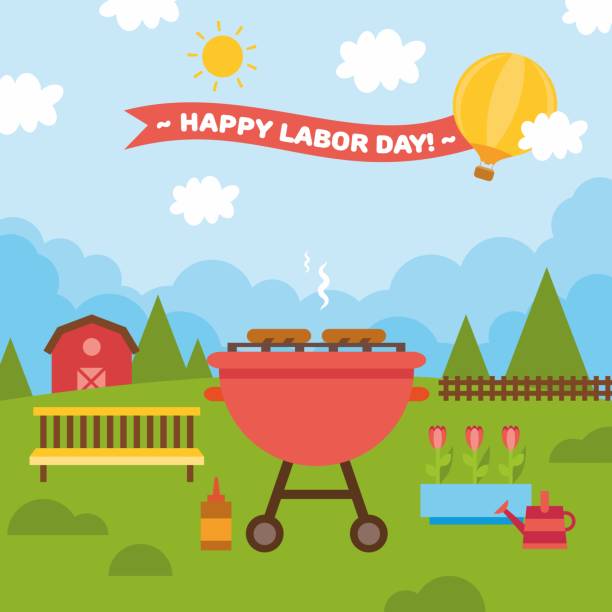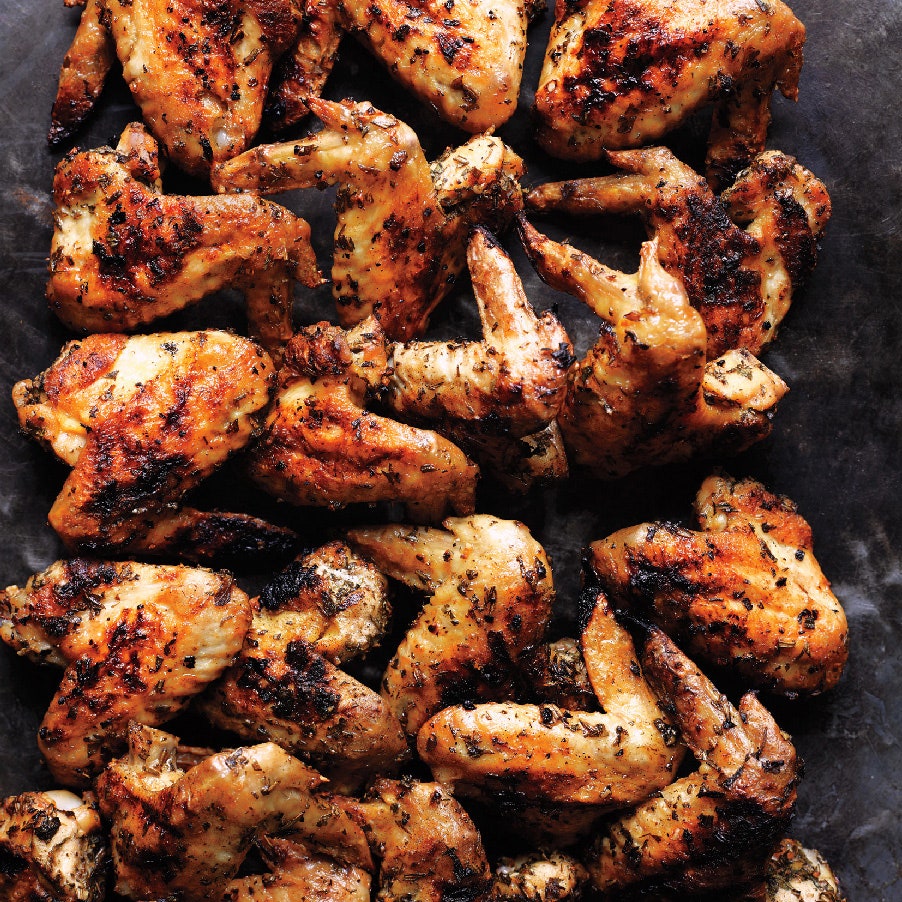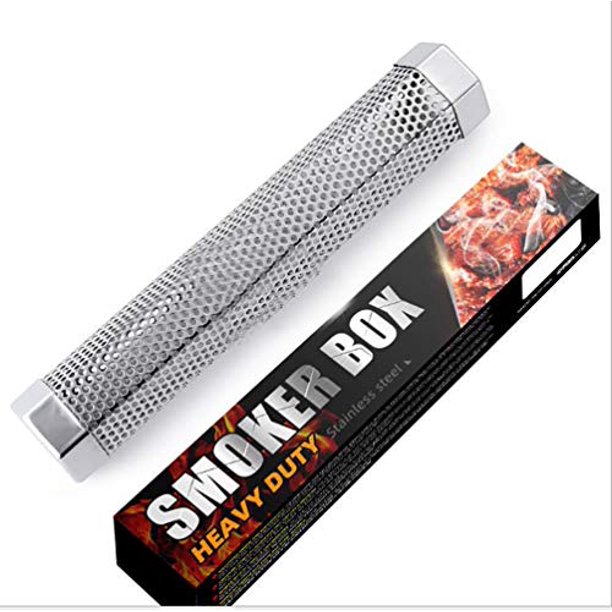
You might have wondered how to apply dry rubbing. This article has some suggestions. For a uniform coat, you should rub the spice mixture onto the meat with your hands. If you are preparing meat that has skin, rub the rub under the skin and along the edges. This will enhance the flavor of your meat. Before applying the dry rub, you need to be familiar with these ingredients.
Prior to rubbing, moisten meat
If you want your meat to be tender and juicy, moisten it before applying a dry rub. Salt can be used to enhance flavor and penetrate meats. Salt adds flavor and aroma to meats. Salt is generally added to your rub at a ratio of 1 to 1 with meat.
Use a dry rub liberally to all sides of the meat. For thick cuts, you should season both the "sides", as well as the main part of the meat. Then rub the seasonings onto the meat using the opposite hand. It is important to rub the seasonings into the meat using a rubbing motion. After applying the dry rub, you can either grill it immediately or wait 30 minutes before applying another coat.
Dry rub the meat thoroughly with a moist cloth. This will help the dry rub stick to the meat better. After the meat has dried completely, wrap it in plastic wrap and place it in the refrigerator for at least one hour. It's important to make sure the meat is well-marinated before applying a dry rub. This will prevent bacteria from getting into the meat, and will ensure that the dry rub remains intact and free of juices.
Marinating meat does more than add flavor. They also tenderize the meat, which is the result of enzymes working on the protein strands. Adding liquids to a dry rub will not change its flavor, but will help to make it adhere to meat with a smooth surface. If you're using a dry rub, you might want to marinate your meat a few hours beforehand so that it can soak overnight.
You can also moisten a dry rub. Dry rubs often use brown sugar as a base. This sugar is slightly sweetened and forms a solid glue on the meat. Another option is maple and turbinado sugar. However, this type of sugar burns easily so be careful. You can also combine them both. It is important to ensure that the rub you use is appropriate for the meat you are cooking.

After marinating, you can add another layer of rub to the meat. This is a great method to enhance flavor. But make sure that you rub enough to stick to the meat. Commercial rubs are also available. You can also make your own mix to make your personal blend. Depending on what you find, how much dry rub you use will determine the quantity. Scientists recommend using 1 tablespoon per pound. But it's important that you experiment to find the right amount for you.
After adding sugar or paprika, rub with dry rub
To add spice to your ribs, you can sprinkle them with sugar or with paprika and then finish by adding smoked paprika. There are many varieties of paprika. You should only choose the one that has the highest heat. If you are unsure, you can also purchase paprika without a label. This paprika will not have as much flavor than the labeled one.
It is simple to make a homemade dry rub and it can be stored for use in the last-minute. It contains savory spices mixed with dark brown Sugar, which promotes browning. This combination is sweet and savory, which will enhance the flavor in any meat. You can make your own mix by adding your favorite herbs. The more you try, the more you will love it!
Make sure the meat is dry before applying dry rub. You should apply the rub to about one-and-a half pounds of meat. Apply the rub generously to the meat, and then massage in the rub. You can use a dry rub for chicken, pork rib, or ice cream sandwich coatings. The amount of the rub you use will depend on how the meat is cooked.
Groceries sell commercial rubs. Some are popular and have loyal followers. A base of salt is often the starting point for commercial rubs. Salt is inexpensive and adds bulk. However, paprika can be used to spice up meat. You can customize the flavor of your ribs by making your own rub. You don't have to buy expensive rubs. Mix it yourself.
Dry rubs make use of herbs and spices in order to enhance meat's natural flavor. You can make low-cost cuts of meat seem like you're spending a lot. Dry rubs may contain various kinds of salt (or sugar), chili peppers (or garlic powder), mustard powder (or other herbs or spices). These rubs are simple to make and store, and they will give your meat a delicious taste.
Dry rubbing is different than dry brining in that you don't have to apply seasonings before hand. However, if you plan to add dry rub to your meat ahead of time, be sure to avoid rubbing with sauces. While this method may be convenient, it can also result in meat that is overly soft and mushy. However, most people prefer to massage the dry rub right before grilling.
Signature ingredients in dry rubs
When making your own dry rub, there are a few things you should consider. Spices and herbs lose flavor and aroma often after nine months. For a better flavor, grind fresh herbs or spices in a coffee machine. To preserve the flavor of your dried rub, you should make sure that it is well mixed before you use it. Although you can prepare it in advance and make it ready to use immediately, the best results are achieved when it is done before serving.

There are many kinds of rubs. The first type of rub is called savoury. It includes spices like onion powder, dry mustard and dry chile. It also has spices like red chili flakes and dried chipole, which make it hotter. It can be used on meat as well, but it can also be used for vegetables and inedible objects like fish.
A dry rub is a mixture of spices and herbs that is applied to meat prior to cooking. Different types of rubs are created with different spices and have varying amounts of each. For example, a barbecue rub contains coarse salt and black pepper and paprika. A Jamaican Jerk Rub includes allspice and nutmeg as well as ginger and cayenne pepper. If you are looking for a flavorful rub that is rich in heat, try adding a bit of dried rice to the mix.
Make sure to keep your dry rub in an airtight container. You can either use it immediately or store it in an airtight container for several weeks. After blending the ingredients, you can then spread it on a rimmed baking sheet or in a large bowl and rub the meat with it. The meat will absorb the flavor of the dry rub and will taste amazing! Allow the dry rub to set for at least one night.
Dry rubs add great flavor to meat without needing to use any additional sauces. Dry rub recipes can be made in a matter of minutes and will have your meat flavored without the use of sauces. These rubs can be made in minutes and put together right before dinner. You can mix them yourself or purchase dry rub ingredients that you shake on the meat. The dry rub can be frozen after being made.
Another important consideration when making your own rub is salt. Salt is an important ingredient in most rubs but it can be difficult to get rid of. Because many rub manufacturers don’t have a solid understanding of the science behind salt removal they won’t make a salt-free version. It is best to separate the salt and rub them while you make them. This gives you more control over the application and helps to avoid salt from interfering.
FAQ
How much does a culinary school cost?
Costs for culinary school vary depending on where you live, how long you study and which program you choose. Tuition costs range from $10,000 to $30,000. The average student graduates with $20,000 in debt. Some programs offer work-study, grants, scholarships and grants.
How Much Does it Cost to Learn Culinary Arts Skills?
Prices for studying culinary arts vary widely. For example, a 4-year degree costs about $40,000. A two-year associate's program may be less expensive at $5,000. Tuition costs vary depending on which program you choose. The prices charged by private institutions are generally higher than the public.
What are the requirements to become a chef?
To be a chef you need a bachelor's level in culinary arts. A number of ACF tests will be required. After completing these requirements, you will be awarded a certificate that confirms your qualifications.
Can you learn to cook on your own?
Yes, you can self-teach cooking! It is something everyone enjoys, regardless of their level of cooking ability. Start cooking at home if you want to learn how to cook. Start small with simple things like spaghetti sauce or pancakes for breakfast. Experimenting with new recipes is the best way to learn to cook. It is possible to make mistakes.
You can learn to cook in a matter of hours or weeks depending on your level of cooking ability. Remember that cooking is not about following recipes. There are many different ways to prepare food, so if you have an idea in mind, go with it.
Which is the best method to store leftovers?
Tupperware containers can be used to store leftovers. These containers keep food fresh and prevent odors forming. They keep foods warmer for longer. Leftover food can be frozen in freezer bags. For food that you are freezing, make sure to place it inside another freezer bag. Once the food is frozen place it in an airtight container, such as a zip lock bag.
Statistics
External Links
How To
How to cook a steak
The right cooking method for any type of meat depends on its thickness. Thicker steaks, for example, are better cooked at low heat while thicker steaks require higher temperatures.
You should also ensure you don't overcook them because they'll lose flavor. Make sure to remove the steaks from the pan after it is done. This will help you avoid burning your skin.
The size and desired doneness of the steak will affect the cooking time. Here are some general guidelines.
Medium Rare: Cook till medium rare. This is when the internal temperature of the food reaches 145°F (63°C). This can take anywhere from 3 to 5 minutes per side.
Medium: Cook the meat until it reaches 160°F (71°C). This usually takes only 6 minutes per side.
Good Cooking: Cook the meat until it is done. This means that the internal temperature reaches 180F (82C). This normally takes 8 to 12 minutes per side.